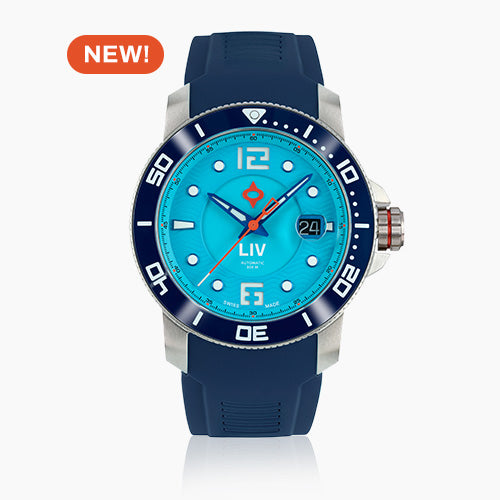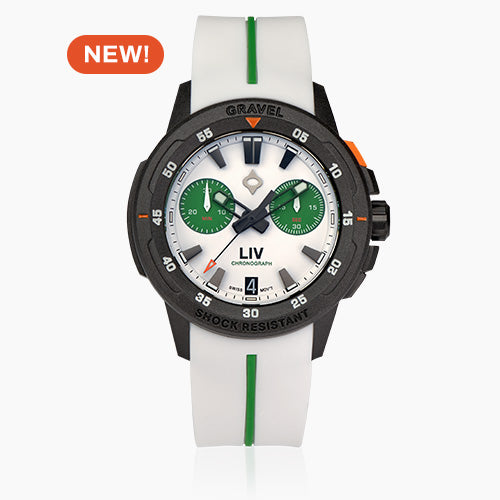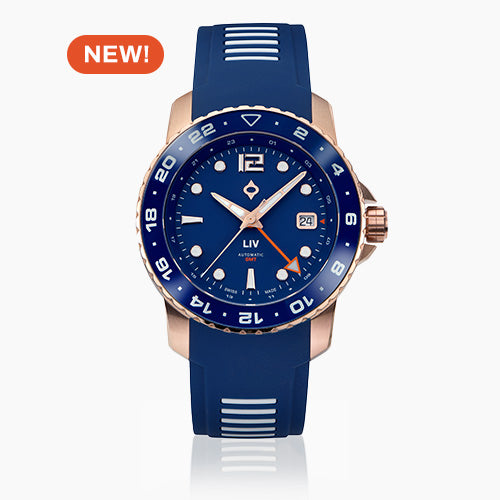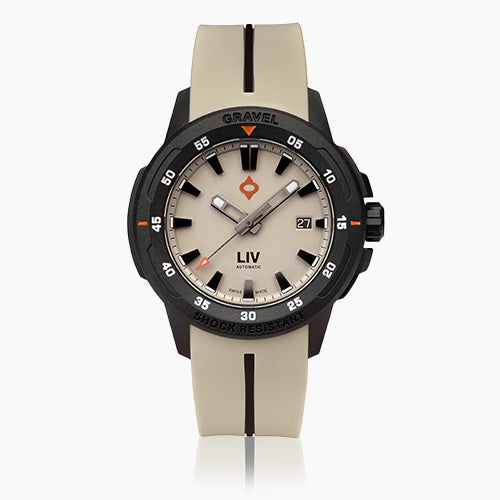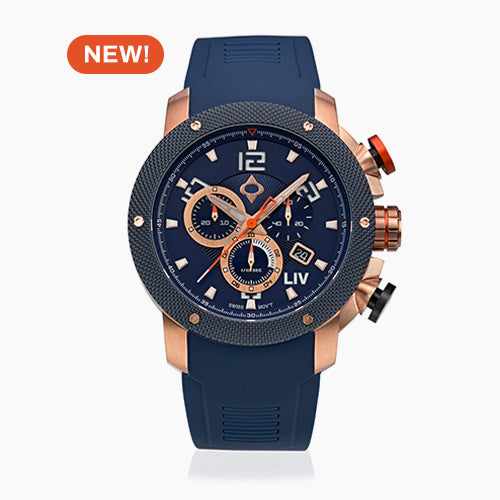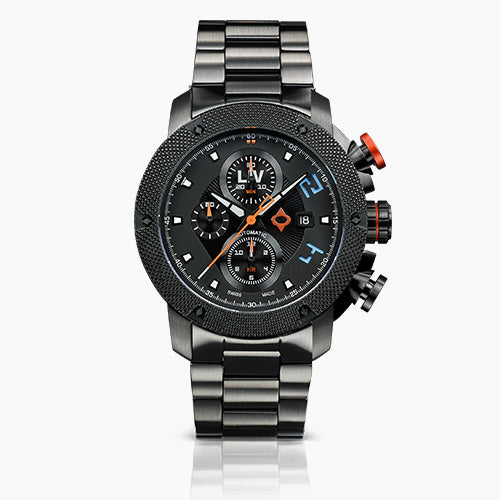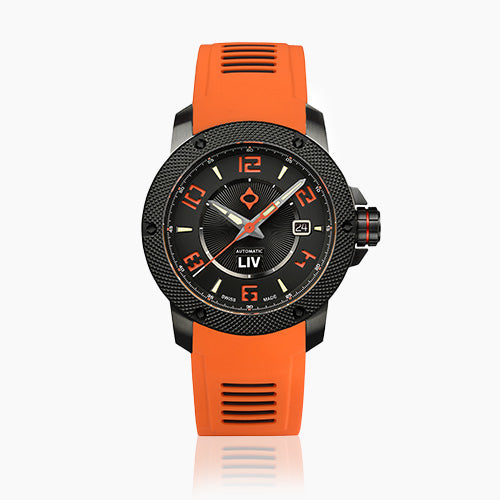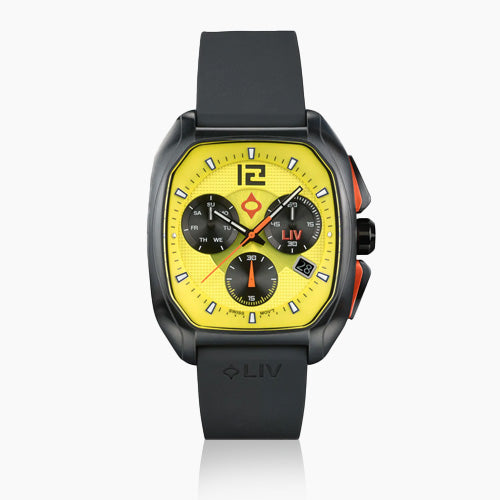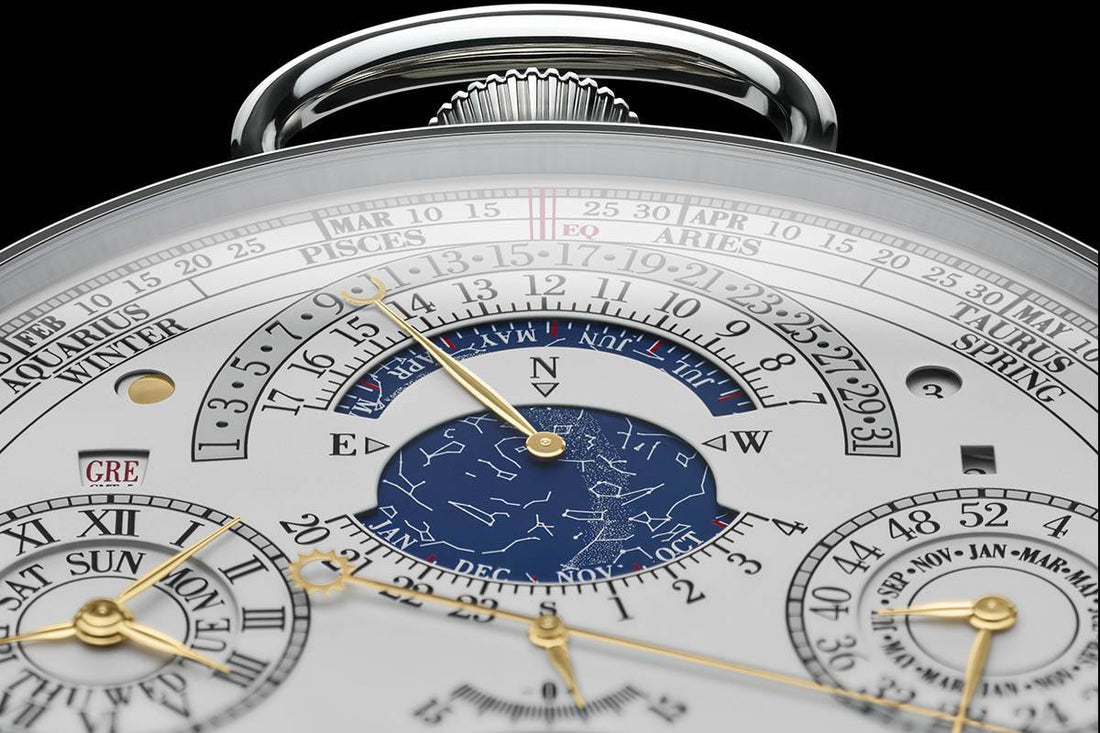
The Oldest & Most Valuable Swiss Watches
Share
THE OLDEST & MOST VALUABLE SWISS WATCHES
For watchmaking, no country compares to Switzerland. It has a long tradition of making some of the best and most venerated watches in history. This article will explore some of the oldest and most valuable Swiss watches and watch brands, albeit with some necessary homage to the Germans, English, and French too.
THE OLDEST WATCHES
We commence with the oldest watches which, it will be noted, were not made in Switzerland, but made in Germany and England. It’s still history worth telling, since this horological history would shape Swiss watchmaking from the 1700s to this very day.
Horology - A Hallowed Tradition
Horology has been with us for nearly 750 years. After all, the first mechanical clock was invented in England in 1275 when the English royal family was the House of Plantagenet, and King Edward I was the monarch.
One of the oldest working clocks, which was completed in 1386, can be found at Salisbury Cathedral in Wiltshire, England. It has no face and only strikes on the hour but is a treasure nonetheless.
The Very Earliest Watch?
Imagine paying £10 for a box filled with spare parts and metal bits at a London flea market, only to find you may have bought the world’s oldest-known watch. That is what happened to a watchmaker apprentice in 1987 when he came upon the apple-shaped watch (or, to be more precise, a small portable clock) a few days later when rummaging through the box.
The watch was dubbed the ‘Pomander Watch’ (Bisamapfeluhr) and is thought to have been crafted in 1505 by the Nuremberg-based German watchmaker Peter Henlein, who is often cited as being the father of the modern watch. Inside the case of the watch and under the dial is an engraving on which is etched the letters M, D, V, P, H, N. Scholars have interpreted the letters as representing the year 1505 (MDV in Roman numerals) and Peter Henlein Nürnberg (PHN).
The time and provenance of this watch was confirmed at a press conference on December 2nd, 2014, in Nuremberg, Germany. It is interesting to note that Peter Henlein would not have yet been a master locksmith at the time (watchmaking was not even a recognized trade), and the formal guild rules would have forbidden him to sign any work he did. That is why he hid his signatures in his early works, including the 1505 watch. But the speculation on that watch continues in earnest.

THE EARLIEST DATED WATCH
The earliest dated watch came a quarter-century later. On the bottom of it is engraved in German: “Philip. Melanchthon. Gott. Alein. Die. Ehre. 1530 " (‘Philip Melanchthon, to God alone the glory, 1530’). Philip Melanchthon was a notable German intellectual, humanist and reformer, and close collaborator and friend of the famous religious reformer, Martin Luther. The Melanchthon watch was only one of two watches that predated 1550; the other one dated 1548.
Melanchthon’s 1530 watch has no watchmaker's mark, but is thought to be from Nuremberg and has been attributed to Peter Henlein himself. It worked for 12 to 16 hours with a single winding and, as with all timepieces during that era, it kept poor time, i.e. to only within the nearest half hour.
Also, like all early watches, it did not have a glass-covered face but, rather, perforations in the case which permitted the wearer to see the time without opening the watch.

THE PETER HENLEIN LEGACY
He was already famous by 1511 (just six years after he is thought to have made that watch discovered at a London flea market), as seen in this glowing review by Johann Cochläus at the time:
THE RISE OF THE SWISS WATCH INDUSTRY
Religion is what shaped the Swiss watch industry in the 17th century or, rather, religious persecution. The Reformation led by Martin Luther resulted in the persecution of the Huguenots (French Protestants), many of whom fled to Switzerland. Among them were French watchmakers, by then some of the most innovative watchmakers in Europe.
John Calvin was a pious, dour Protestant who presided over morals in Geneva, at that time a center for superb jewelry craftsmen. Calvin declared jewelry a sign of ostentatious vanity and so the wearing of it was outlawed. The craftsmen simply switched to making watches!
Although by the 18th century it was the British who lead the way in watchmaking innovation, it was Switzerland that had become the watchmaking powerhouse. It wasn’t just that the Swiss made beautifully-crafted watches, they were also very efficient in the way watches were produced.
THE FIRST AUTOMATIC WINDING WATCH

Louis-Abraham Perrelet was a pioneering watchmaker who worked in the Swiss town of Le Locle. He invented the first automatic winding watch in 1770. It was called the 'montre à secousse' (shock wave watch) in Switzerland and a pedometer watch in England. The English name was a better giveaway as to how it worked: it was the walking movement of the wearer that caused impacts within the piece which in turn caused a weight to oscillate up and down, thus resulting in the automatic winding of the watch. Simply wearing Perrelet’s watch in one’s pocket was enough for it to be properly wound.
Abraham Louis Perrelet
Perrelet’s mechanism worked on the very same principle as that of a modern wristwatch. In 1777 the Société des Arts de Genève (Geneva Society of Arts) stated that about fifteen minutes of walking was necessary to sufficiently wind Perrelet’s watch for up to eight days. The same society reported a year later that the watch was selling well.

Perrelet is thus widely acknowledged as the inventor of the ‘automatic’ watch.
Professor Horace-Bénédict de Saussure, one of the founders of the Geneva Arts Society, wrote this in his journal when he visited Perrelet in Le Locle in 1777:
"[Perrelet] had to make the first model again because he hadn't installed a stop mechanism and, on one occasion, when the self-winding mechanism was shaken too much by a man running to the post office, it broke the watch...Mr Perrelet has now integrated an efficient stop mechanism. He had a lot of trouble finding out how to make it, but it works."
OLDEST SWISS COMPANIES
It is worth noting that four of the five oldest watch brands in the world are Swiss. Blancpain, founded in Villeret in 1735, is said to be the oldest registered watchmaking brand in the world. The brand was revived in 1983 and is now part of the Swatch Group, as well as a partner and sponsor of luxury sports car maker Lamborghini.
Favre-Leuba, based in Le Locle, came next in 1737, while Jaquet Droz opened his workshop in La Chaux-de-Fonds in 1738. Droz was a highly inventive and imaginative man and produced both timepieces and automata, which are mechanical art pieces that incorporated music and movement. These exquisite pieces were the darling of the nobility across 18th-century royal courts.
Vacheron Constantin, established in Geneva in 1755 by Jean-Marc Vacheron, is notable as being the oldest watchmaker that has been in constant, uninterrupted production since its founding. Vacheron Constantin, well-known and loved for its luxury timepieces, will be featured again in this article.
THE MOST EXPENSIVE SWISS WATCHES
Swiss watches can be among the most expensive watches today. It makes sense: Swiss watches can be superbly crafted and innovative and it remains the most significant watchmaking country in the world. We will look at two of the most fabulous Swiss watches, both in terms of their cost and craftsmanship.
THE SPECTACULAR MARIE ANTOINETTE WATCH
The Marie Antoinette ‘Grande Complication pocket watch number 1160’ is a thing of timeless beauty. Work on the pocket watch began in 1782 by Swiss-born Abraham-Louis Breguet. Marie Antoinette, then the French queen, was said to have been fascinated by Breguet’s watches. She acquired a number of his timepieces, most notably a perpétuelle fitted with a self-winding device. The rumor is that it was commissioned by a man said to be her lover.
It’s little wonder that Marie Antoinette was enamored of Breguet’s work. He had established his luxury watch, clock and jewelry workshop in Paris in 1775 and quickly became noted for his stunning work and innovation. Abraham Breguet invented the all-important tourbillon in 1801. He also produced the world's first wristwatch in 1810, the Breguet No. 2639, commissioned for Caroline Bonaparte, the Queen of Naples.
A COMMISSION WITHOUT END
The commission stipulated that gold be used wherever possible, including its auxiliary mechanisms. It further stipulated that the complications be as numerous and varied as technically possible. In what would be any craftsman’s dream commission, no time or financial limits were imposed by the patron who ordered it.
That is why the Breguet No.160 grand complication is a beautiful, complex watch, containing every function known to watchmakers at the time. Breguet had it encased in gold, which displayed the intricate mechanism running it. He used sapphire to lower the friction within the piece. Platinum and rubies were also used in the watch.
When Breguet was challenged to replicate the watch in 2004, its most-skilled watchmakers were delighted to rediscover complex techniques used in the making of the watch that had all but disappeared from modern watchmaking. They were frankly in awe of the craftsmanship they encountered.
Breguet certainly took his time crafting the watch. In fact, he didn’t even finish it. It was his son, Abraham Breguet, who completed it in 1827, four years after his father’s death, 34 years after Marie Antoinette was guillotined during the French Revolution, and 45 years after the watch was commissioned! The watch was stolen in 1983 from the Institute for Islamic Art in Jerusalem and finally returned to the museum after it was recovered in December 2007.
Today, the magnificent Breguet No.160 grand complication is valued at US$30-million (€8 million).
Although mostly made in France, this watch was crafted by a Swiss-born horological genius, who returned to Geneva for a few years after the Revolution. Breguet has been headquartered in L'Abbaye, Switzerland since 1999 and is a subsidiary of the Swiss Swatch Group. Let’s call the Marie Antoinette pocket watch a Franco-Swiss inspiration, shall we?

The other expensive watch to be discussed in this article is Swiss to its last complication. Watches by Vacheron Constantin’s are famous for their exceptional quality and innovative craftsmanship - and for being quite expensive. So it makes sense that it would be the watchmaker to produce the most complicated watch to date. It’s name is the 57260 Reference, and is currently the most complicated watch ever made.
The 57260 Reference was designed to commemorate Vacheron Constantin's 260th anniversary and has been valued at €8 million. Its price tag is understandable, given that it has a mind-boggling total of 57 complications and 2,826 decorated components. Its statistical marvels go on: it contains 242 jewels, weighs 957 grams, has 31 hands, produced 85 different prototypes, including 16 kg of drawings (!), and which resulted in 10 unique patents (with a further two pending).
It was crafted entirely in-house at Vacheron Constantin (in itself a tremendous feat) by just three watchmakers, two of whom are brothers! And it took eight years to make - all for one client - unnamed, of course.
COMPLICATIONS GALORE
The 52760 Reference is an ode to complications. Some of its complications are unique, including multiple calendars and a double retrograde split-seconds chronograph. It further includes:
- 7 alarm functions
- 9 astronomical calendar functions
- 4 3 column-wheel chronograph functions
- 1 lunar calendar function
- 1 religious calendar function
- 8 Westminster carillon striking functions
- 6 other functions
The watch’s amazing feats of horology seem endless. For example, its tourbillon is three times the size of a traditional tourbillon, yet only one third the weight, which also, by the way, creates a Maltese cross every fifteen seconds - and why not!
But it’s the number and complexity of complications that wow experts and watch lovers the most. Some experts believe that the watch actually has over 60 complications, but Vacheron Constantin has remained cheekily coy about that possibility.
The 57260 even features a ‘night alarm’ setting that silences the watch between 10 p.m. and 8 a.m. It is adjustable, of course, but can only be changed by one of the three men who crafted the watch.
As with so many things horological that are Swiss-made, just three words come to mind when one thinks of the oldest and most valuable Swiss watches: but of course.


